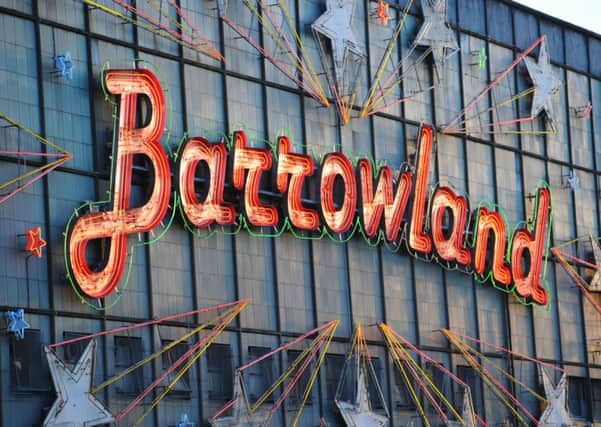Book review: Dear Green Sounds edited by Kate Molleson


Dear Green Sounds: Glasgow’s Music Through Time And Buildings
Edited by Kate Molleson
Waverley Books, £20
The numerous writers of Dear Green Sounds, commissioned by Glasgow Unesco City of Music, tell the tale through an absorbing, accessible tour of the city’s venues past and present, all generously illustrated with archive photos and memorabilia, from the world-renowned Barrowland and late, lamented Apollo, past the must-includes, to the curveballs, such as the remarkable Grand Ole Opry, which may be named after its Nashville counterpart but is an entirely, idiosyncratically Glaswegian institution.
Advertisement
Hide AdSome order can be teased from this fragmented approach. Malcolm Jack uses the Sub Club as a jumping off point for a potted history of the city’s clubbing scene, while Vic Galloway and Neil Cooper chronicle Glasgow’s development as an indie hotbed in their respective chapters on the much hymned Postcard Records (more a state of mind than a location) and the multifaceted Mono.
Ewan McVicar’s rambunctious eyewitness chapter on the Scotia Bar captures the character(s) of the city’s energetic folk scene with first-hand anecdotes to which the writers on the historic venues don’t have recourse. Nevertheless, Hugh Macdonald’s long and detailed chapter on the magnificent St Andrew’s Halls, the city’s statement concert hall which hosted the likes of Rachmaninov and Ravel before it burned down in 1962, is an education, not least in Glasgow’s capacity for self-renewal.
The speed of change throughout the city’s music scene leads to a handful of inaccuracies and inevitable omissions. The hulking Hydro, that big Norman Foster-designed tammy bunnet by the Clyde, only makes a brief cameo in a chapter which wrestles valiantly and honestly with the unloved reputation of its arena forebear, the SECC. Even the accompanying pictures ain’t too pretty.